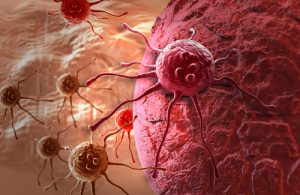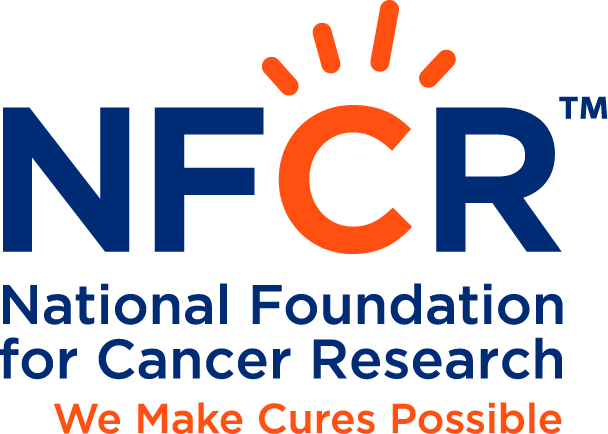Using Cancer to Fight Cancer

Led by Geeta Mehta, the Dow Corning Assistant Professor of Materials Science and Engineering at U-M and head of the research team that developed the technique, the process involves growing hundreds of cultured cell masses, called spheroids, from just a few tumor cells derived from a patient. Grown in a structure called a 384-hanging drop array, each spheroid is encased in a tiny droplet of a special culturing medium. This 3-D method yields cells that grow and multiply as they would inside the human body.
The researchers hope those spheroids can serve as a testing ground unique to each patient, and lead to personalized therapies. Doctors could quickly try out many different medications, finding the best combination for an individual patient and making adjustments as the disease evolves.
The hanging drop array’s hundreds of individual compartments make it possible to grow many spheroids at once and quickly gather data about multiple drugs. This is key, as chemotherapy treatment often requires complex cocktails of multiple drugs administered together. The cells could provide a way to test many such cocktails simultaneously.
“Today we’re limited to two-dimensional cells grown in bovine serum that’s derived from cows. Cells grown this way often don’t respond to medication the same way as ovarian cancer cells inside the body,” explains Mehta. “Three-dimensional cultured spheroids provide a much more predictive way to test many different medications, and a way to grow many cultured cells from just a few of the patient-derived cells.”
A particularly pernicious cancer type, ovarian cancer’s deadly adaptability contributes to a 70% relapse rate among patients who had surgery to remove a tumor. Its free-floating spheroids shuttle cancer through the abdomen with the ability to form new tumors wherever they go—the liver, the intestines, the abdominal wall, etc. And the cells within those spheroids mutate often and unpredictably, quickly developing new strains that resist chemotherapy drugs.
“This is a really important step to expedite personalized medicine for cancer patients,” added Ronald Buckanovich, a professor of medicine at the University of Pittsburgh and a senior co-author of the study. “The ability to take patients’ samples, rapidly grow them in a more physiologic manner and study their response to therapy, without using mice, will be a faster, cheaper and more humane way to rapidly test a patient’s response to dozens of therapeutics.”
The National Foundation for Cancer Research (NFCR) too sponsors personalized medicine-based research and clinical initiatives for various cancer types. For example, Massachusetts General Hospital’s Dr. Alice Shaw focuses on targeted therapy and drug resistance in lung cancer and uses patient-derived lung cancer models to test for effective treatments. Dr. Wei Zhang of Wake Forest University’s School of Medicine utilizes data from next-generation sequencing of tumor DNA found in patients’ bloodstream to identify growth-promoting genes or drug resistant genes for guiding therapeutic approaches for breast, prostate, lung, colorectal, pancreatic and brain cancer. And Dr. Rakesh Jain, also of Massachusetts General Hospital, has been identifying molecular characteristics that cause resistance to anti-angiogenic therapy in patients with the deadliest form of brain cancer, glioblastoma multiforme (GBM); his research may allow oncologists to tailor anti-angiogenesis therapies for each patient.
Reference:
Mehta, Geeta. (2017, November) Personalized medicine-based approach to model patterns of chemoresistance and tumor recurrence using ovarian cancer stem cell spheroids. Clinical Cancer Research, pp. 22-23.











